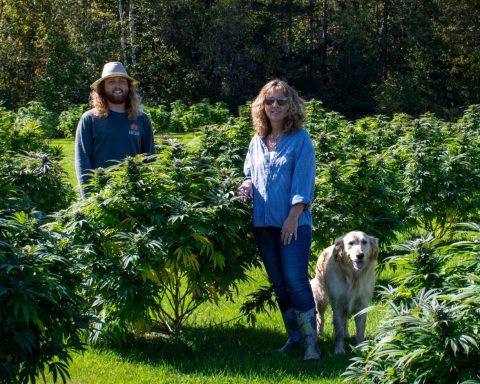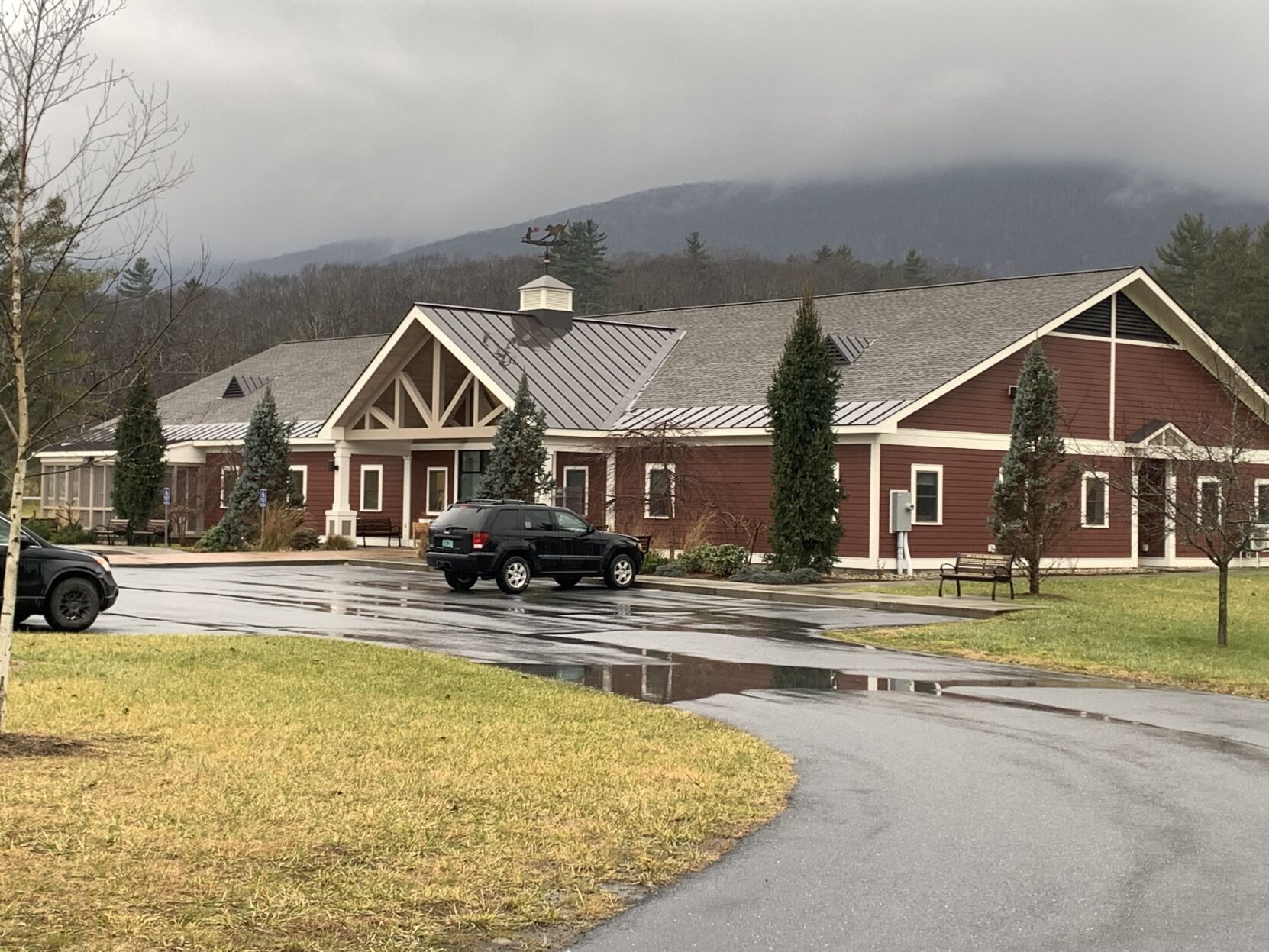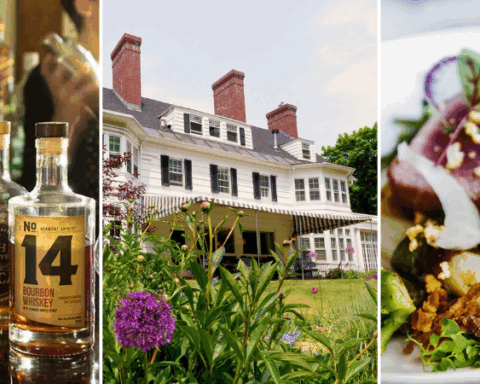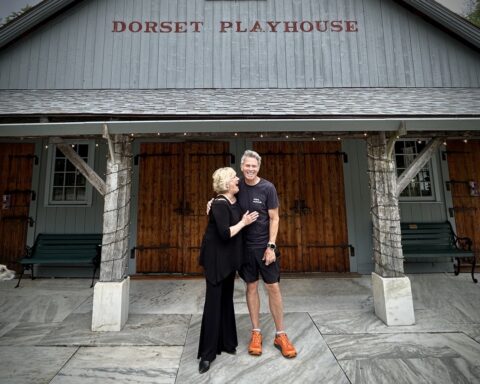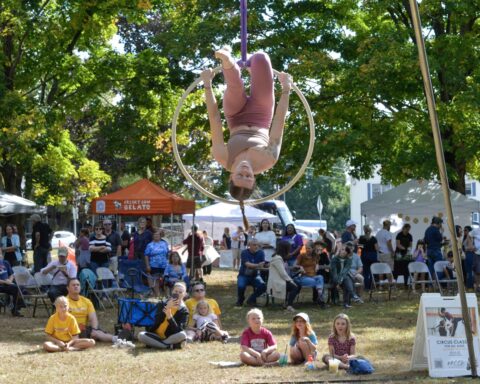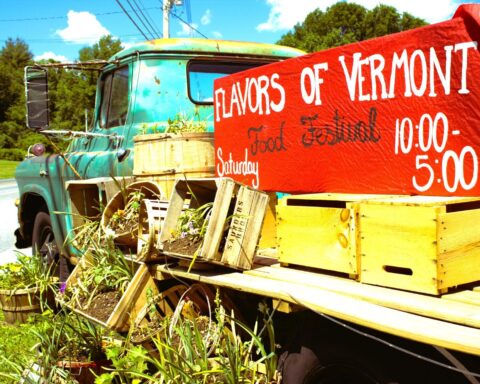When the orange and yellow and red leaves begin to drip down tentatively from the slowly changing autumnal trees in the deep and vast deciduous forests in the Green Mountains of Vermont, these blazing incandescent precursors of the annual winter sleep alight upon thin knobby strata of marble, slate or granite gneiss which is the exposed rocky marrow of this tortured and twisted eroding, glacially sculpted igneous, metamorphic and sedimentary skeleton making up this ancient New England state.
As the temperature drops, so do the rainbow-tinted leaves in an endless cycle of slow seasonal preparation which breathes a cold adumbration upon an eternal geology, the result of global plate tectonic movements. Little by little, these movements successively shoved billion-year-old oceanic and continental crustal plates together onto the nascent proto-North American craton of Laurentia, originating from the great supercontinents colliding, separating and coalescing with each other at the beginning of the world.

The whistle and the whisper of the winter winds caressing and blowing through the Vermont forests are nothing more and nothing less than the eternal time eddies coursing the earth and predating the magmatic convection currents of creation’s past, present and future.
The crisp sound of a boot crunching on new fallen snow atop a cold leaf strewn forest floor is the sharp echoing report heard in the frozen and empty tableau of silence in the sleeping Vermont winter woods, glistening and twinkling with ice-encased tubes on naked tree branches in the early November and December frosts.
A deer hunter garbed in orange vestments searching for his white-tailed trophy or an out of state tourist idly tramping alone in the cold winter air of the Vermont forests can hear and feel those chilly draughts of bracing northern arctic atmosphere siphoning south from the icy mountain ramparts of Canada only a few miles away.
Boreal blasts of balsam-, pine- and spruce-scented breezes sweep across the gnarled ridgelines, imprinting you with an overpowering sensation of unfathomable time, limitless space and infinite horizons in all the compass directions.
The still silences in these Vermont winter woods are the primordial and relict sounds of a preexisting and prehistoric time in the oblivious memory of a world that never knew Man in its blind unconscious fury of fiery crushing lithospheric subduction and endless tectonic plate collision and sublimation.
The often cruel, callous and indifferent winds swirling about on those distant craggy highlands are quiescent pauses of ancient recollective invisible and intensely felt geological entities that will be discovered and rediscovered over and over again until the end of time.
Mute gray or black micaceous stones sparkle on the harsh and hard outcrops along the snake-like twisting ribbon of northbound Route 7 burrowing itself underneath and between those leaning, looming cliffs.

Biotite mica flakes embedded in the rock faces twinkle and glitter like diamonds toward the broad Vermont marble valley floor. The marble valley bisects Cambrian and Ordovician torture zones of Taconic Mountain shale, slate, phyllite, schist, dolomitic marble and the glacially rounded Green Mountain Grenville gneiss hilltops. These summits were born and then folded in the titanic throes of metamorphic and igneous mantle pressures which squeezed the rock like molten Turkish taffy more than half a billion years ago.
Icy fingers cover cold rock surfaces above Route 7, a tangled frozen fillagre like network embrace of arctic stalactite and stalagmite slowly melting and then slowly refreezing during the long darkly silent Vermont winter night.
This is the ever permanent physical landscape of Vermont that sleeps encased beneath the winter barrens of stark beauty underneath a waning sun at the nadir of the year. It is immutable testimony to the products of geological timescales and an aloof universe immune to the aspirations and knowledge of Mankind.
We can still hear those ever reverberating mountain echoes thrumming and humming between the trees amidst the ancient hills of Vermont that have merged with the inchoate chaos of deep subterranean genesis.
Listen to them, and you will learn how to be a happy and an amazed traveler on a geological boat of discovery, traveling on lithological waves of frozen motion.
Victor C. Capelli is a retired environmental educator, environmental analyst and nature illustrator.




